ARTS AND CRAFTS
Note: Visit the Eva Cassidy Artwork site to see more of Eva’s artwork and to buy high-quality limited-edition prints! The artwork site is run by Eva’s sisters Margret and Anette, and they also have books, albums, and a fantastic bumper sticker available.
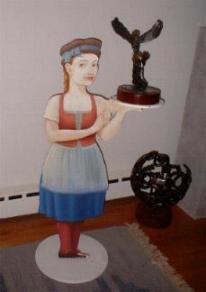
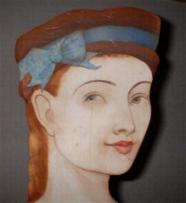
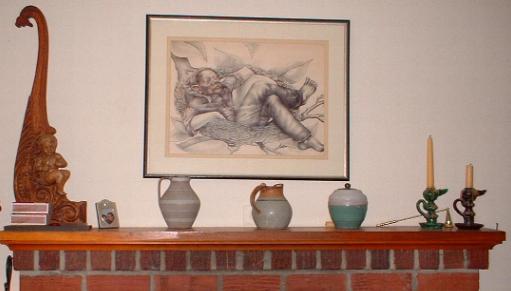
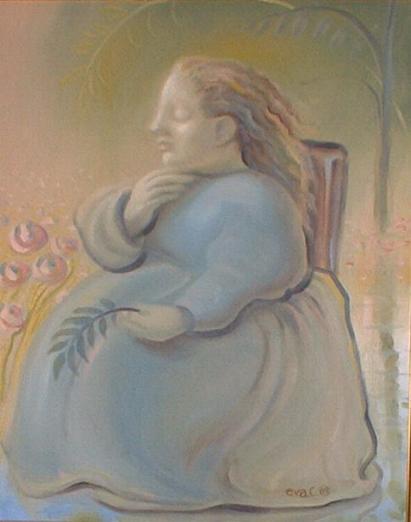
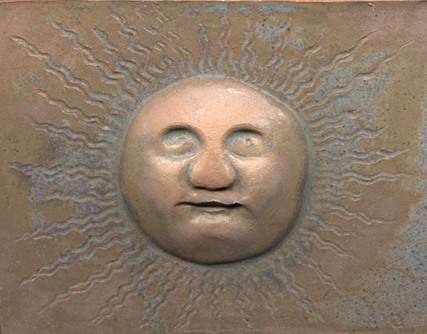
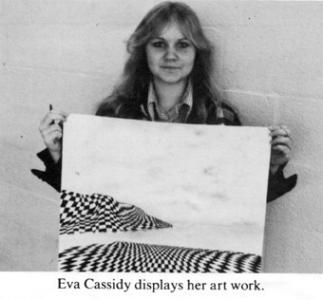
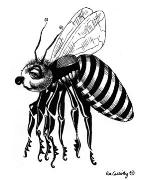
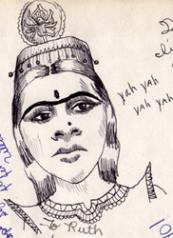
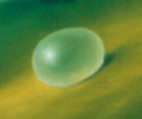
BUBBLE OR EGG? One of the eggs or bubbles that Eva depicted so often in her paintings that it became a sort of trademark.
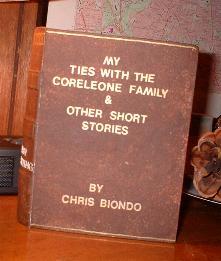
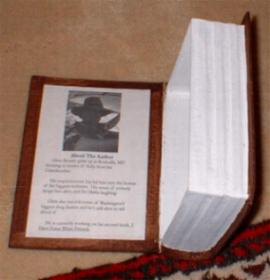
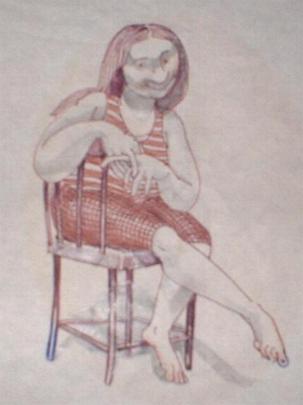
Eva’s necklace raised money for charity in the UK:
It was a unique opportunity! The necklace shown (partly) here was made by Eva Cassidy herself, and it was one of the auction items for the BBC “Children in Need” fundraiser in the United Kingdom. The campaign began on November 11, 2002, with the “Wake Up To Wogan ‘Auction Of Things That Money Can’t Buy.'” This necklace was one of those things that money can’t buy; it was donated to this auction by Eva’s parents, Barbara and Hugh Cassidy.
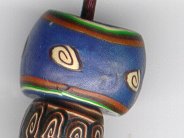 The BBC website described it thus: “EVA’S NECKLACE. Eva Cassidy did more than sing beautiful songs… she was very creative with her hands too. Last year we offered you the chance to own a print of one of her paintings, but this year we have something truly amazing… a necklace that Eva made herself. All the beads were individually created by Eva, before being fired and strung onto the cord along-side an intricate fish which Eva fashioned from the clay, with individual scales. Plus we have more Eva Cassidy items for you. You’ll also get a copy of her guitar-songbook, posters, postcards, her biography and a copy of all of her albums.” Also part of the fundraising auction, as a personal addition from Terry Wogan and Paul Walters, was a framed “triple gold” disc for the album SONGBIRD. The necklace package was auctioned for £7,500!
The BBC website described it thus: “EVA’S NECKLACE. Eva Cassidy did more than sing beautiful songs… she was very creative with her hands too. Last year we offered you the chance to own a print of one of her paintings, but this year we have something truly amazing… a necklace that Eva made herself. All the beads were individually created by Eva, before being fired and strung onto the cord along-side an intricate fish which Eva fashioned from the clay, with individual scales. Plus we have more Eva Cassidy items for you. You’ll also get a copy of her guitar-songbook, posters, postcards, her biography and a copy of all of her albums.” Also part of the fundraising auction, as a personal addition from Terry Wogan and Paul Walters, was a framed “triple gold” disc for the album SONGBIRD. The necklace package was auctioned for £7,500!
Jewelry-making was one of the many artistic activities which Eva enjoyed. Barbara Cassidy told me, “Eva made quite a number of those necklaces at one time. It is made of a substance called Fimo. Eva rolled it and shaped the beads into the designs she wanted, and baked them in the oven. She made quite a few like that with the fish as a pendant. Eva loved fish and fish designs! The beads and pendant are strung on a cord made especially for jewelry.” This particular necklace was one which Eva had made for her German grandmother “Oma.” After Oma died, Barbara Cassidy brought it back from Germany.
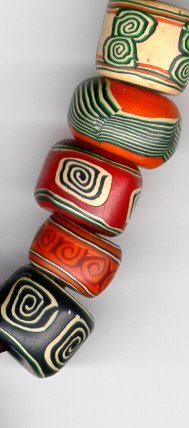 Eva first encountered Fimo with Celia Murphy, who shared Eva’s interest in beadmaking. She soon became very skilled, and introduced her friend Elaine Stonebraker to the medium. Elaine gave me more details about the bead-making:
Eva first encountered Fimo with Celia Murphy, who shared Eva’s interest in beadmaking. She soon became very skilled, and introduced her friend Elaine Stonebraker to the medium. Elaine gave me more details about the bead-making:
I have shown hundreds and hundreds of people how to make these beads (I teach art) and it has provided many, many hours of enjoyment to so many people. Thanks, Eva!
Here’s the basics on working with Fimo clay. It needs to be kneaded and warmed to make it workable. You can start by shaping it into round balls, then flattening them to make pancakes. If you layer different colored pancakes together, and roll them up, what you see from the end is a jellyroll type thing. You slice thin little discs off the jellyroll, then sort of applique each one onto a small ball of clay. Then you gently roll it around in your hands to smooth out the seams, and poke a pencil in to make the hole for the bead, and bake it in a regular oven. When you get good, you can make little people, little trees, whatever. There is a great book on it called “The New Clay.” [Eva and I] came across that on one of our later bike trips to Alexandria, at the Torpedo Factory art center. Of course we had to buy them then and there, and carried them around all day in our bike baskets, just itching to get home and try out the new techniques!
Note: Because photos take longer to load, I have broken the collection into five parts. For more pictures, visit: